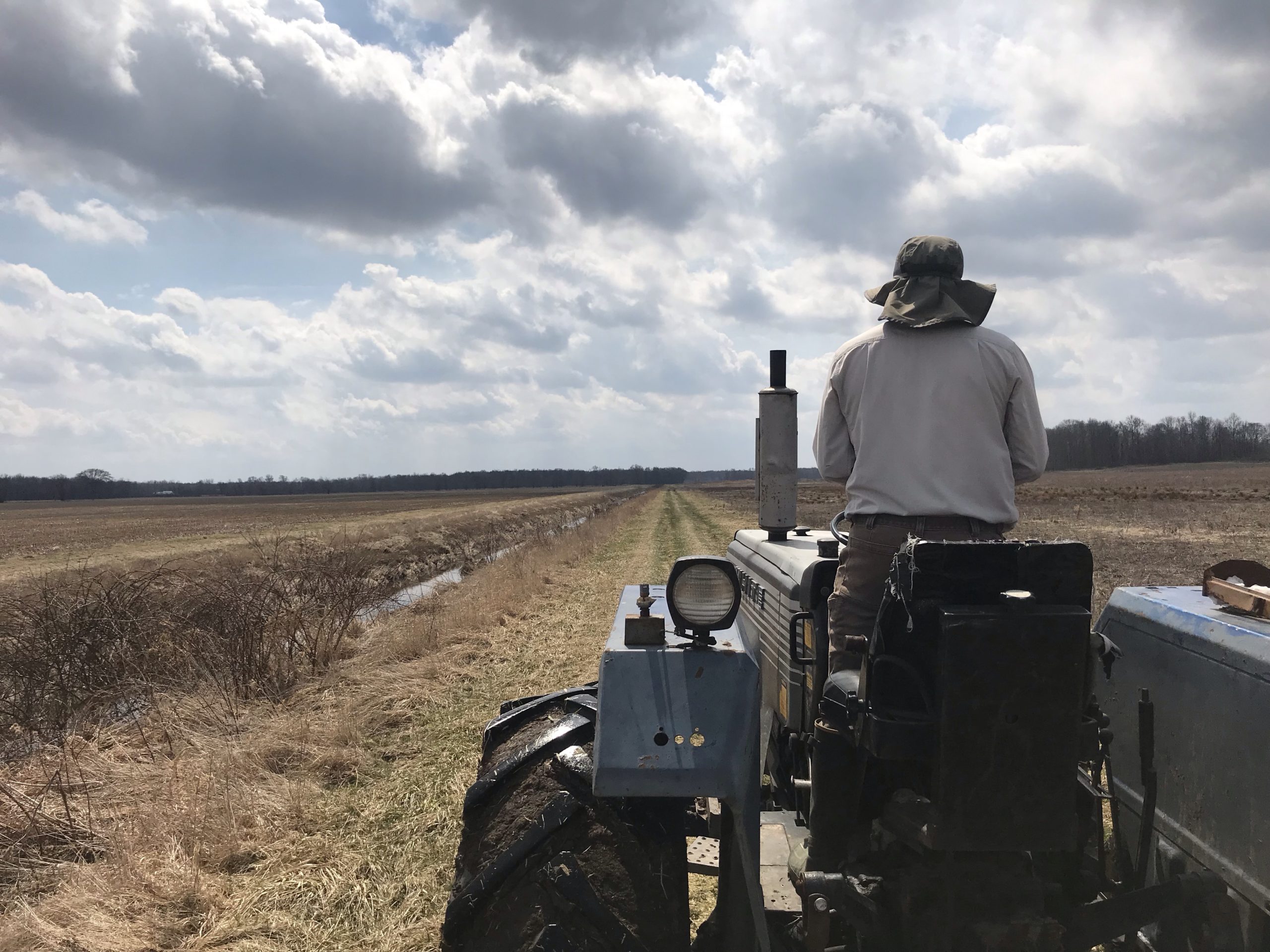
Western Reserve Land Conservancy Helps Protect ODA’s 500th Farm
Farm number 500 is preserved through the Ohio Department of Agriculture’s (ODA) Farmland Preservation Program on Monday, February 3, 2020. The Anderson-Douglas farm, located in Big Prairie, will receive the distinction of the 500th farm to be signed into the Clean Ohio Local Agricultural Easement Purchase Program (LAEPP).
“Agriculture is vital to Ohio, the state’s largest economic engine generating billions of dollars annually and employing one in eight workers statewide,” said Rich Cochran, president and CEO of Western Reserve Land Conservancy. “Preserving the land upon which we grow our crops, tend our livestock and feed our families is an important part of what we do at the Land Conservancy. We are proud to partner with farmers and the Ohio Department of Agriculture to ensure that Ohio’s rich tradition of farming continues to thrive.”
Western Reserve Land Conservancy partners with local family farms to preserve their land forever, ensuring Ohio’s farming legacy will continue for generations.
“Ohio’s farmland is a resource we must protect,” said ODA Director Dorothy Pelanda. “By putting properties like the Anderson-Douglas farm into Farmland Preservation, farmers are guaranteeing that future generations will have access to productive farmland where they can continue feeding people around the world.”
The Clean Ohio Local Agricultural Easement Purchase Program (LAEPP) provides funding to farmland owners for placing an agricultural easement on their property. Monies are issued for up to 75 percent of the appraised value of a farm’s development rights. All easement transactions are recorded on the property deed and transfer with the land to successive owners.
Funds from the purchase of these easements are invested in the local economy by the landowners who use them by expanding their farming operations, purchasing new equipment, reducing debt, adding conservation practices, planning for retirement, sending their children to college and other purposes. When the state purchases a farmland easement, the proceeds are plowed into Ohio’s economy and part of Ohio’s number one industry – agriculture – is preserved for future generations.
